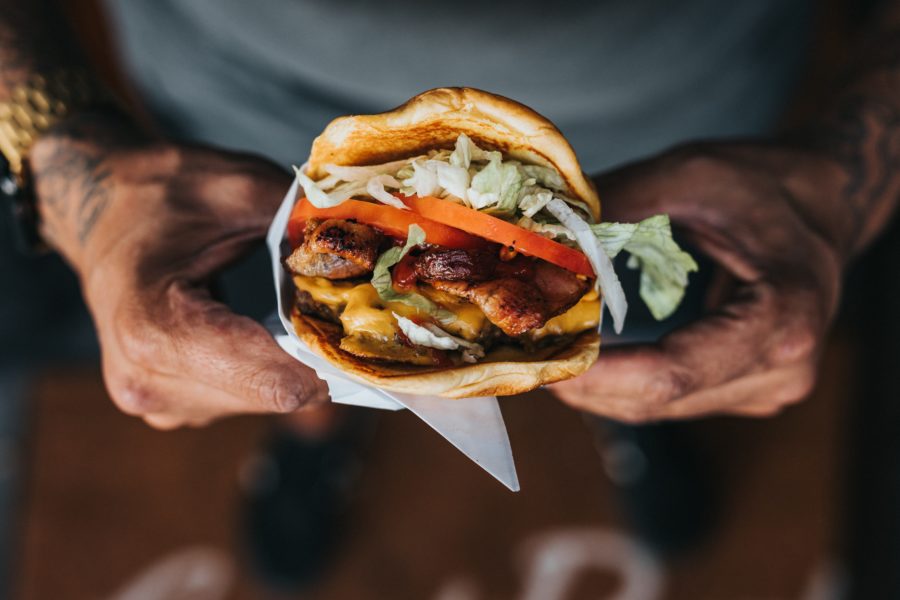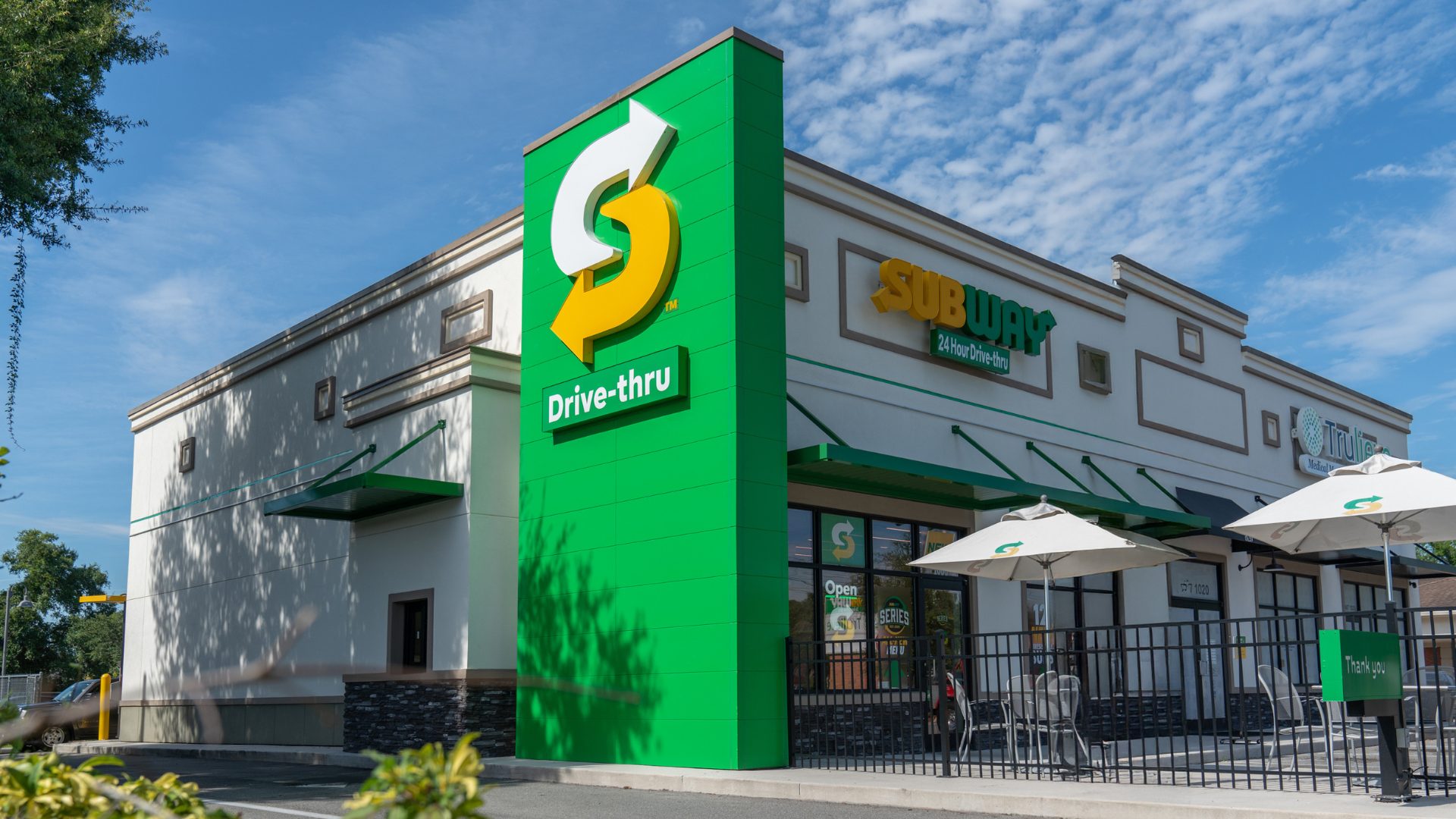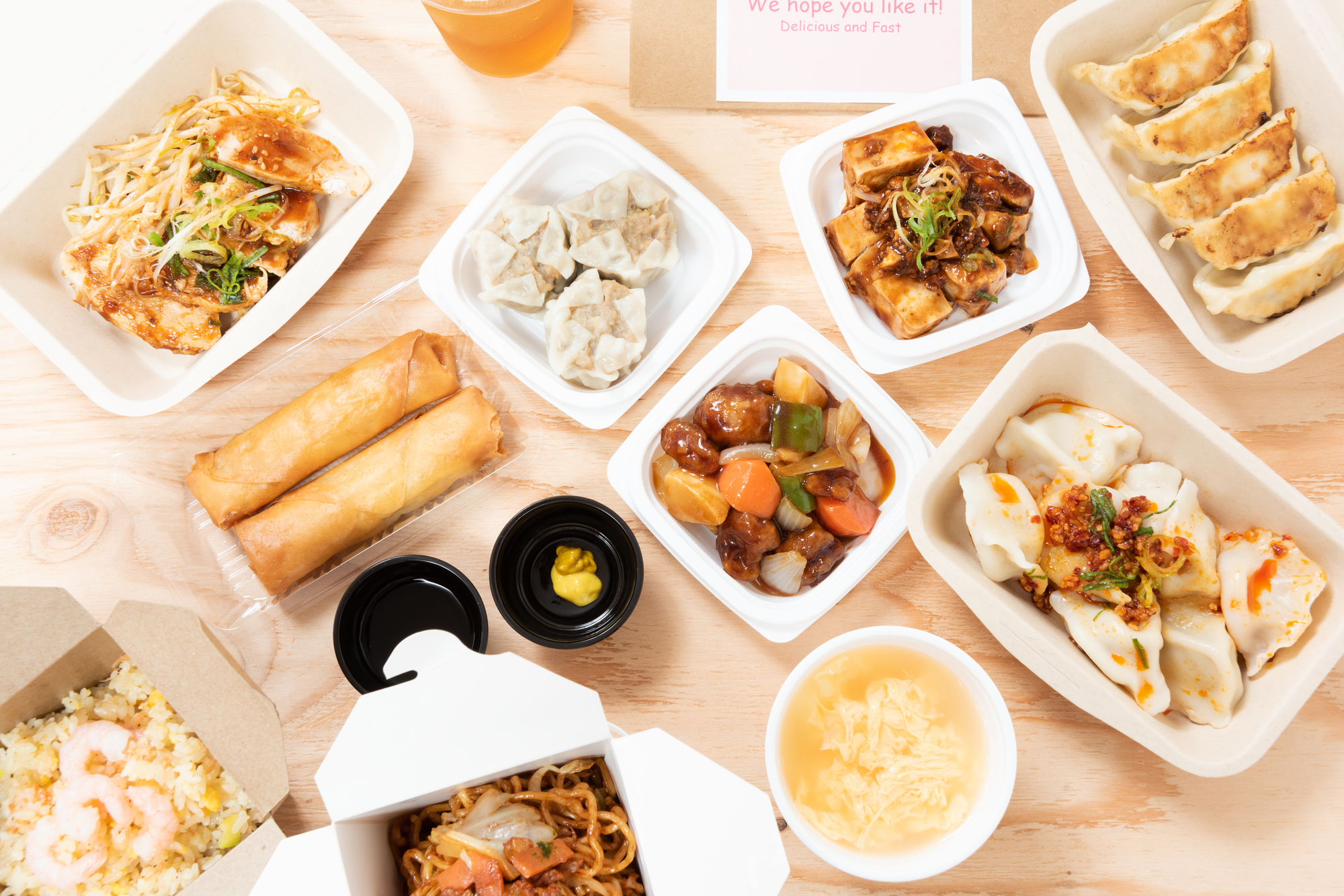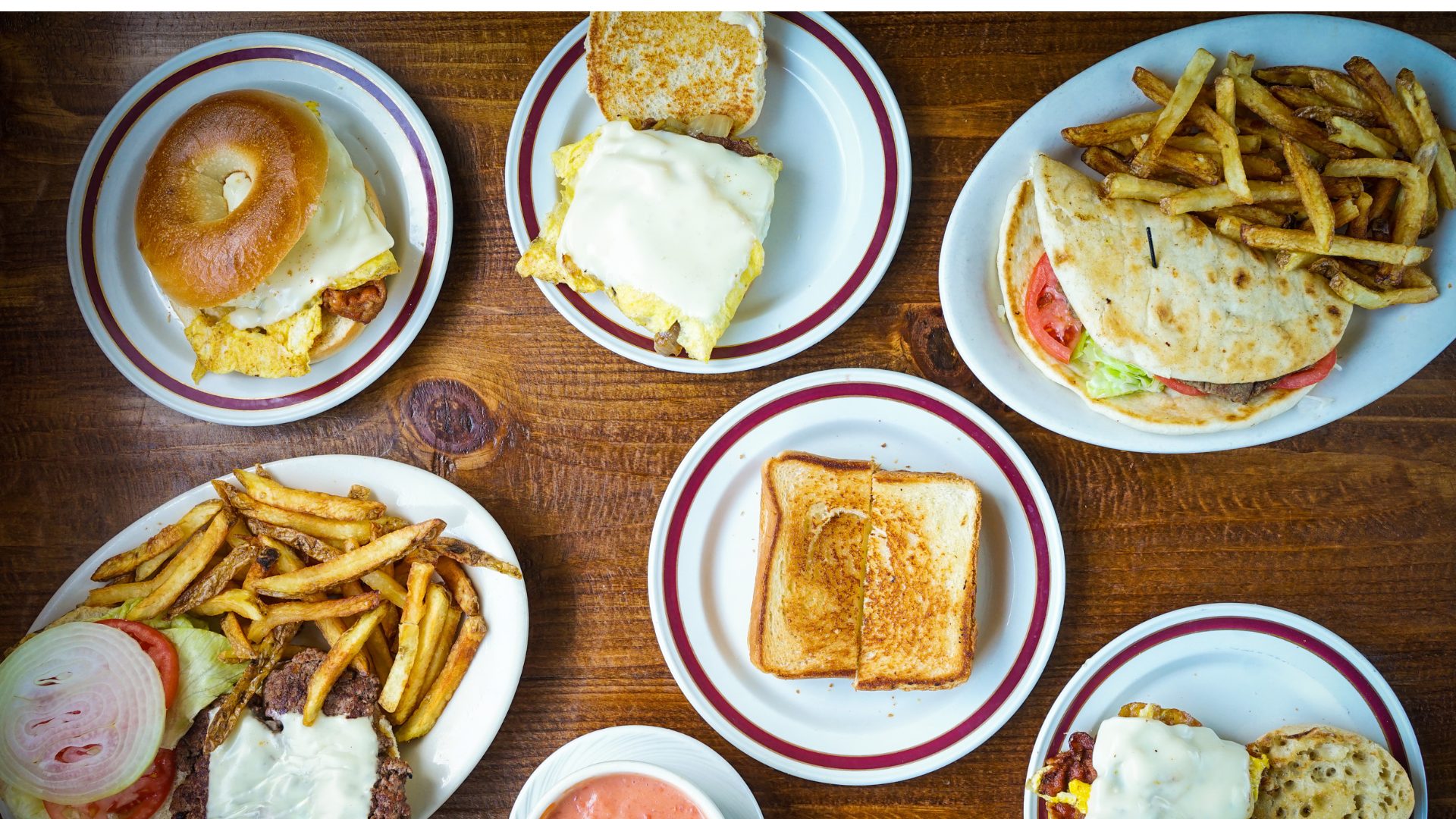On February 18, The Food Institute, in conjunction with DMA, hosted a webinar that examined the recent explosion of ghost kitchens and virtual brands. The event, which featured executives from Denny’s, Kitchen United, and Lettuce Entertain You, also reviewed the prospects for virtual brands and tips for restaurant operators interested in launching such a program.
After all, these delivery-centric concepts are popping up with minimal initial capital investment, such as Mr. Beast Burger, which launched in December with over 300 locations. According to Chowly, as of August 2020 there were approximately 100,000 virtual concepts on third-party apps.
“I think what [operators] like about virtual brands is it’s cheap to test,” noted Joy Lai, the COO of Kitchen United, which aids restaurant brands in off-premises dining. “So, they can turn something on, see if the consumers like it, get the feedback, and tweak where needed.”
A CLOSER LOOK AT THE TREND
Virtual restaurant brands – brands that have a full menu, but don’t exist in their own space and typically share kitchens with other businesses – have been well-received by customers due to third-party delivery options and the variety of food available from ghost kitchens. Denny’s CEO John Miller said younger generations are especially receptive of delivery-centric virtual brands like his company’s new “Burger Den.”
Virtual brands aren’t without logistical hurdles, though. They require a thorough understanding of a restaurant’s trade area and demand, panelists said.
“Another very important element is: can you achieve that level of consistency frequently, as you get busier and busier,” said Scott Barton, partner with Lettuce Entertain You, a company behind dozens of restaurant brands. “It takes a little time to work through, especially when you’re rolling out a new concept.”
KEYS TO VIRTUAL SUCCESS
Panelists offered the following tips to help ensure the successful launch of a virtual restaurant brand:
- Be straightforward with your brand name by including your main product in it (example: Mr. Beast Burger)
- Be clear and descriptive with menu items
- Use social media for marketing
ADRESSING SKEPTICISM
The speakers also addressed skepticism about the long-term prospects for virtual restaurant brands, acknowledging that some industry peers feel the concept’s popularity will dissipate as the pandemic fades. Lai acknowledged that many consumers will eagerly return to brick-and-mortar restaurants once indoor dining restrictions subside.
“I think some of those brands may go away. You would expect that with the brand-development cycle,” Lai said.
That said, she still sees growth opportunities for many virtual brands.
“For a lot of our existing brands, when they have a primary brand where they have a brick-and-mortar store as well, when they launch a secondary, virtual brand, we’ve seen it bump their revenues anywhere from 30 to 50 percent,” Lai noted. “For smaller operators … maybe a good [virtual] brand is doing $5,000 a week. And, when you compound that with three or four brands, you get meaningful revenue.”












